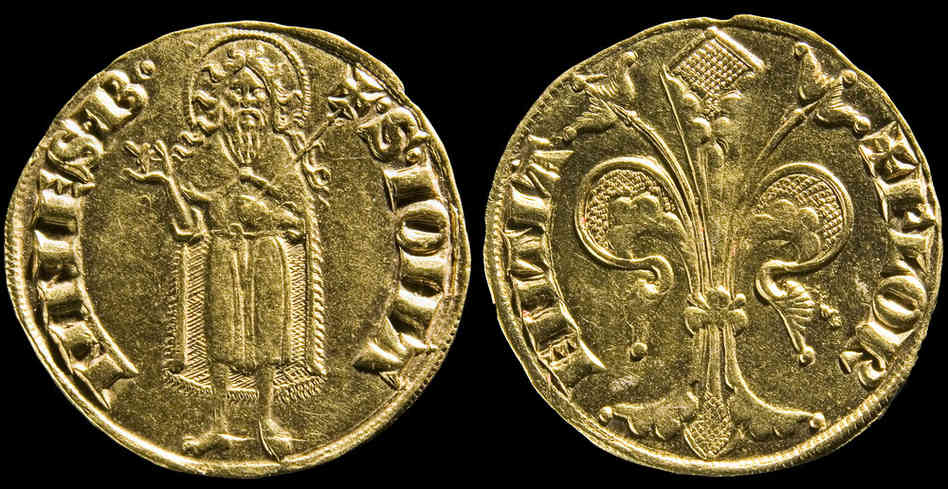Week 5
How did Florence get so rich by 1400? During week 5 we want to explore the generation of wealth. How does it happen? What are the factors that promote the wealth of a people? And what did Florence do between 1200 and 1400 that turned out to be the right things. What were some of these creations: 1) a sound money; 2) a banking system; 3) government support for property rights.
REQUIRED READING:
RECOMMENDED READING:
The Raymond de Roover study of the Medici bank is a masterpiece of economic history.

Raymond de Roover,
The Rise and Decline of the Medici Bank: 1397-1494,
Beard Books (August 19, 1999),
ISBN 1893122328
Review
The book combines superb research and analysis with graceful writing...(work) from archival material, make (this) valuable... -- Turnarounds and Workouts, October 15, 1999 Review by Susan Pannell
From the Publisher
A classic history of banking and trade in the medieval period, combining superb research and analysis with graceful writing. The Medici Bank was the most powerful banking house of the 15th century. Headquartered in Florence, Italy, it established branches in Rome, Venice, Geneva, Lyons, Bruges, London, and many other cities. The bank served as financial agent of the Church, extended credit to monarchs, and facilitated international trade in Western Europe. By their personal influence and the use of their profits, the owners and administrators of the bank contributed significantly to the development of Florence as the greatest center of the Renaissance.

John Hale,
The Civilization of Europe in the Renaissance,
Scribner, Reprint edition (June 1, 1995),
ISBN 0684803526

